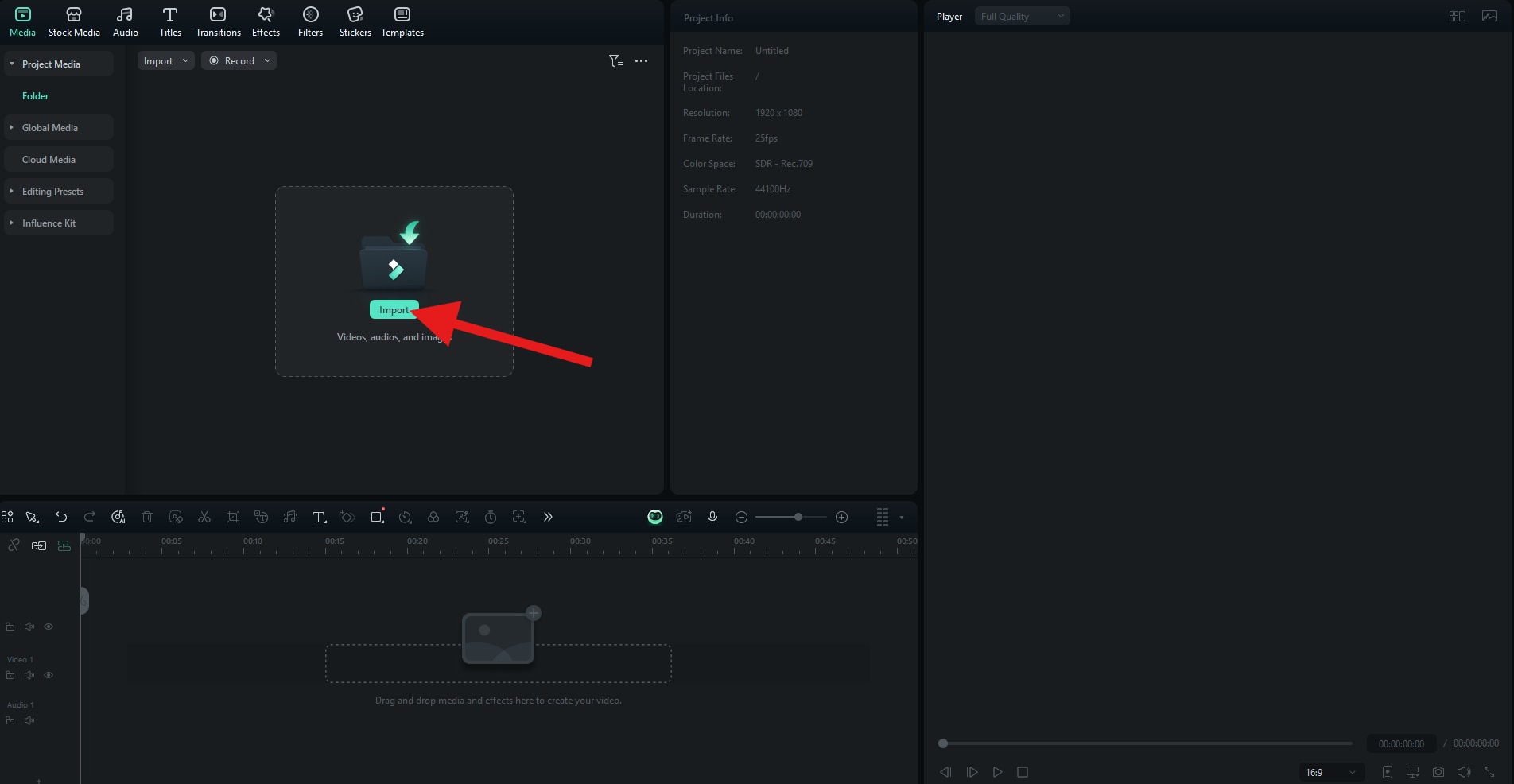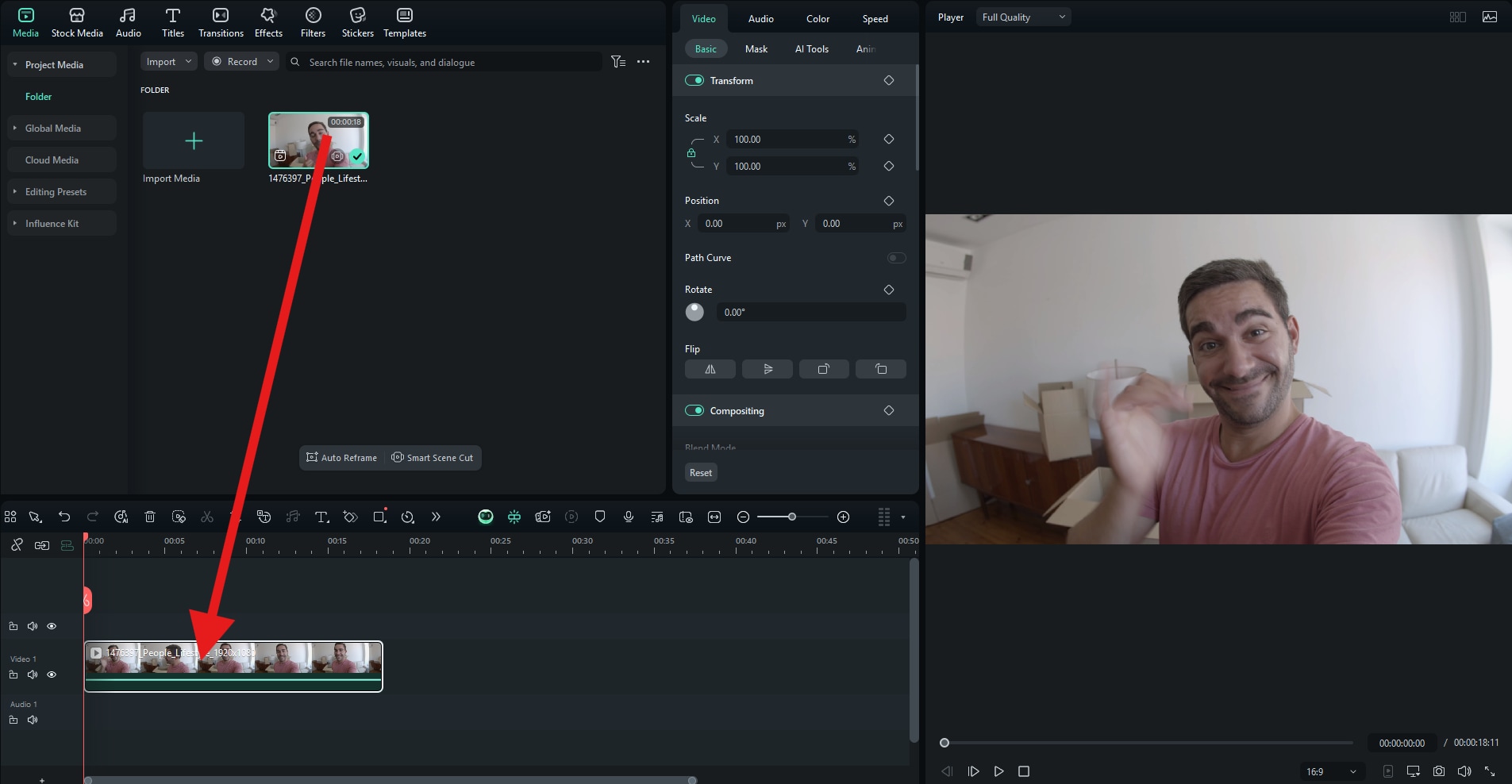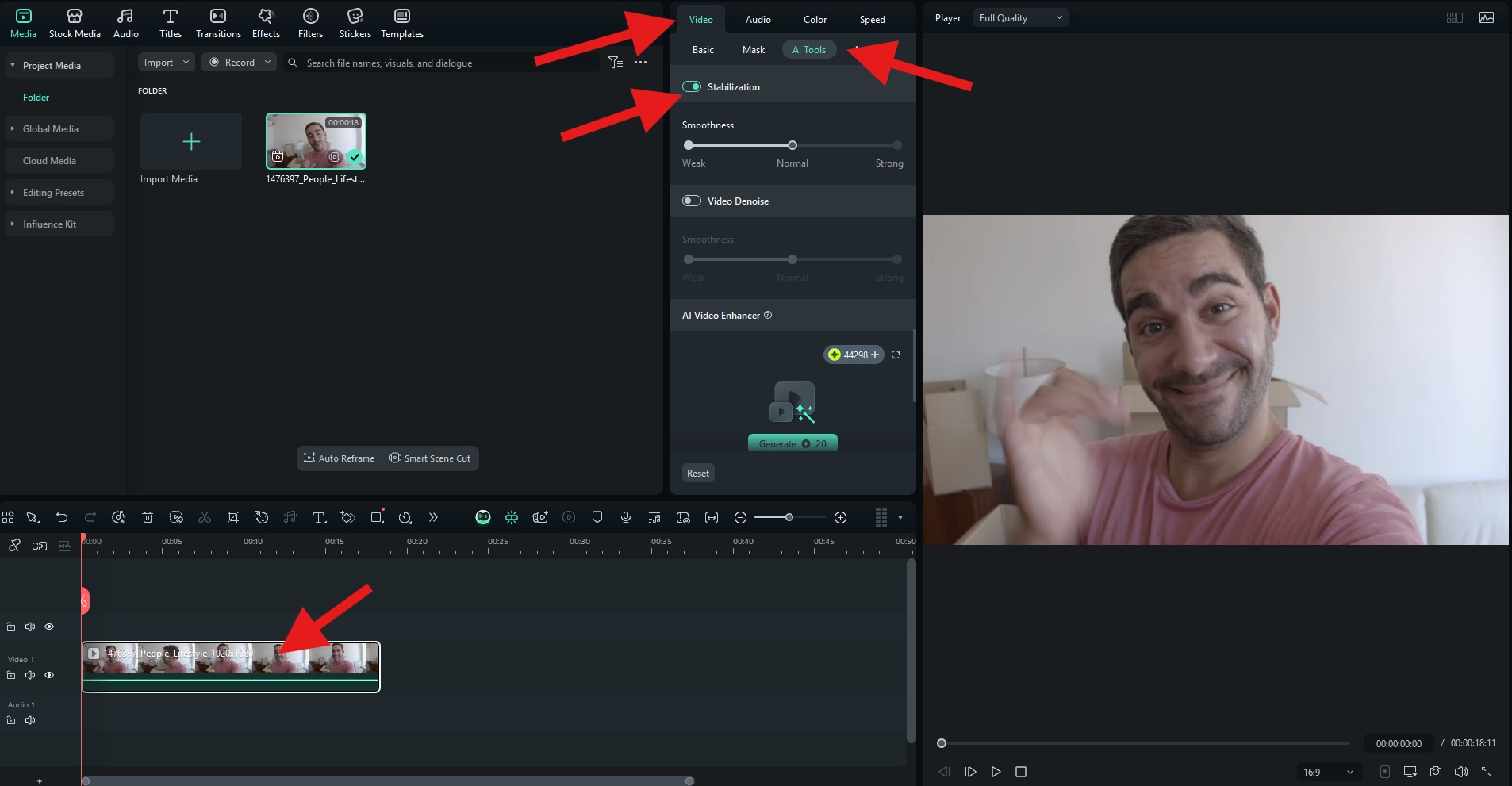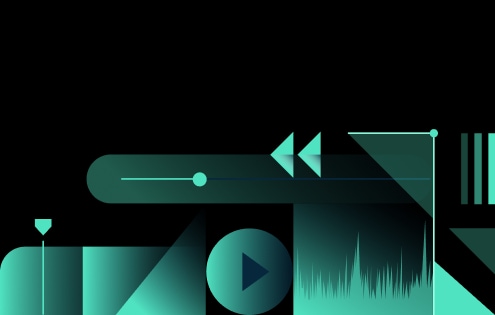In this article
Understanding Long Take
Have you ever felt fully immersed in a movie scene? Just like in the example from The Player, you watch as the camera glides through a long sequence with seamless motion, and you see the story unfold from one perspective. You feel immersed because there are no cuts. There is nothing to interrupt the flow. Instead, the camera introduces you to the setting, the characters, and their motivations, and you get to enjoy all this action from a single viewpoint.
This type of movie magic is called a long take, and in this ultimate guide, we will explain everything you need to know about it.
A long take is defined as a single, continuous shot that takes longer than anticipated with zero cuts. It takes long enough to establish one or more characters, story beats, locations, and the ultimate goal is to take a viewer on a ride through the world depicted in the narrative. The audience is made to feel like they are on a rollercoaster ride, and the camera is taking them through the story, dictating the pace and rhythm.
A long take can last from a minute to an entire 40-minute episode, depending on the story and the director's artistic preferences.
What are the Visual Characteristics of a Long Take?
Long Take vs. One-Shot: What's the Difference?
A one-shot is a broader term that defines a story told from a single shot that can be stitched together from multiple takes, while a long take is a filmmaking technique where you record a long scene without switching the camera off. Check the table for a more detailed explanation.
| Long Take | One-Shot | |
| Definition | It is a continuous shot that lasts longer than average without a visible cut. | It is a film or sequence designed to appear as one uninterrupted take (real or stitched). |
| Duration | It's arbitrary. It can last from 30 seconds to several minutes. | It lasts the entire scene or even the entire movie (e.g., 1917). |
| Purpose | To emphasize realism, tension, or flow in a single scene. | To create total immersion by removing the sense of editing altogether. |
| Viewer Effect | To heighten emotional tension, realism, or spatial awareness. | To give the feeling of uninterrupted presence in time and space, more immersive overall. |
| Can It Be a Full Film? | Rarely. It is used mostly for individual scenes. | Yes, the entire film can be presented as a one-shot (real or simulated). |
Top 5 Famous Long Take Examples in Cinema
Here are the top 5 most famous true long takes that don't feature any editing.
Russian Ark (2002) – Entire Film in One Take
Director: Alexander Sokurov
The first example is a groundbreaking 96-minute movie filmed inside the Hermitage Museum with a single camera. It features one long, uncut shot from beginning to end. When it was released, it was considered technically groundbreaking for apparent reasons.
Touch of Evil (1958) – Opening Crane Shot
Director: Orson Welles
This scene from an Orson Welles classic features a shot that is more than three minutes long. It tracks a car that is driving like a ticking time bomb through a bustling town. This is one of the earliest examples of a suspenseful long take that builds tension.
Atomic Blonde (2017) – Stairwell Fight Scene
Director: David Leitch
Here, we have a carefully choreographed action sequence in which Charlize Theron's character engages in a brutal brawl up and down a stairwell. The fight is filmed in a single continuous shot to make it look raw, exhausting, and incredibly physical.
Marriage Story (2019) – Apartment Argument Scene
Director: Noah Baumbach
In this scene, we are placed in a small, confined space to witness this dialogue scene between Adam Driver and Scarlett Johansson during a major emotional confrontation. It shows how a long take can be used to capture the raw buildup of tension in real time.
Birdman (2014) – The Coffee Scene
Director: Alejandro G. Iñárritu
Birdman is a one-shot movie, which means that it has a series of long takes stitched together to give off the illusion that the film flows as a continuous shot. One of the best long takes is this scene, where Michal Keaton and Edward Norton go to get a coffee.
When and Where to Use Long Takes
Long takes are versatile, but they should not be used in comedies, as this genre requires cuts and a specific rhythm to get a laugh.
Genre-Specific Applications for Long Takes
Combine Long Takes with These Creative Techniques
The Two Most Important Artistic Considerations about Long Takes
How to Enhance and Perfect Your Long Take?
Imagine spending a lot of time creating the perfect choreography and recording the perfect long take, only to realize that the camera was shaking at one moment. This does not mean that you have to do it all over again. Instead, you can use a tool like Filmora to stabilize the video in post-production.
Easy Steps to Improve Long Takes in Filmora
If you want to use Filmora's AI Stabilization feature, download and install Filmora on your Windows or Mac device. Then, open Filmora and create a new project. Then follow the steps below.
Click on Import and pick a file from your hard drive.
Drag the video to the video editing timeline.
Now, click on the video in the timeline to select it, and then go to Video > AI Tools. Here, you can activate the Stabilization feature and presto! Your video will improve and stabilize.



Troubleshooting The 2 Most Common Issues when Recording Long Takes
Not all elements in the long take are perfectly choreographed, and the shot looks bad after reviewing it.
If the long take is not working, identify the elements that are not following the choreography, work on perfecting their movement, and record the long take again from the top.
As the camera is moving through the location, subjects and objects go in and out of focus, making the sequence unwatchable.
This is happening because the camera needs to change its focus throughout the long take. You can choreograph the camera. Rehearse until you find the perfect focus for each moment in the long take.



